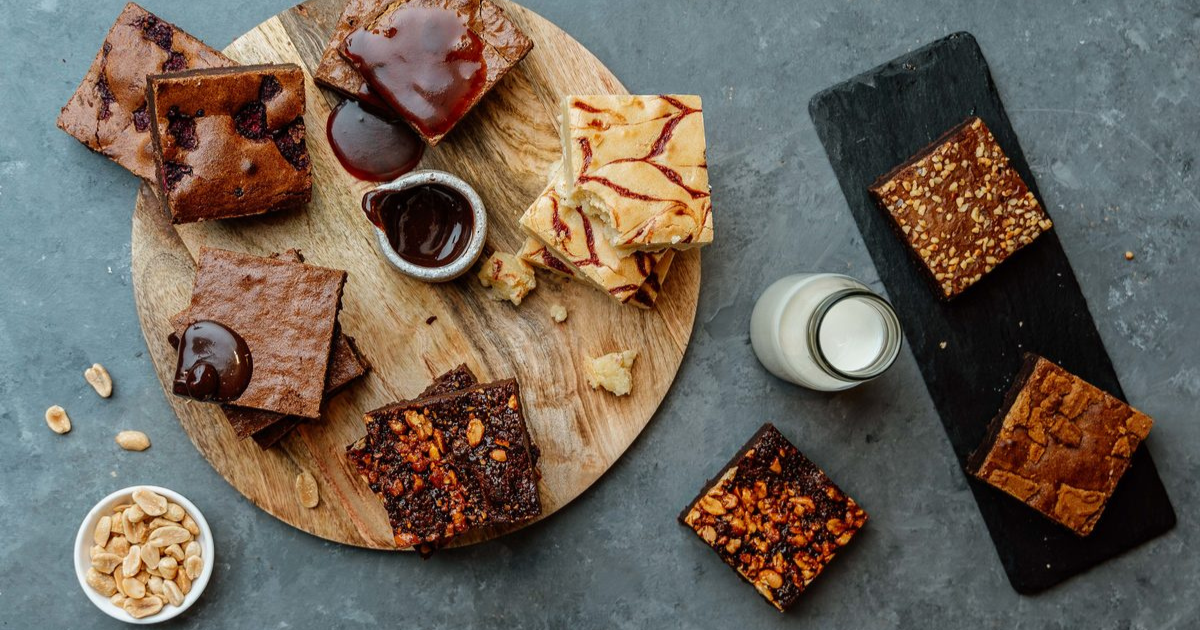Good times with old vines
Old vine, Vielles Vignes, Viñas Viejas.
These terms are displayed on bottles of wine as an indicator of the higher quality wine that is often claimed to come from older vines.
Do old vines always producer better wines, though? Do they justify the premium? What does it even mean?
For the most part, it is an unregulated term. Are the old vines old relative to the rest of the vineyard, relative to the rest of the region, or an absolute reference?
Generally, producers will start to take fruit from their vines from around four years old. If the clone, site, climate and people are all perfectly chosen then wines can be of a very high quality even at this age. That is not too common though, up until around 10 years of age vines can be a little temperamental – they will be focused on growth and produce more fruit than they can reliably and evenly ripen or the fruit may be a little out of balance in terms of its acidity, brix (a measure of sugar content and therefore potential alcohol) or other important metrics such as nitrogen or potassium that can be important during fermentation.
Anecdotally, you will hear growers and winemakers comment that it is around 10 years of age is when quality in the final wine starts to climb quickly and a bit more consistently over the next 10-20 years. The fruit is more balanced at harvest, the wines have more depth, intensity, balance and consistent. This can take another leg up around each additional decade of age. As they age though, yields are often diminished and the cost of maintaining the vines can outweigh the benefits of wine quality and the price that they can therefore command. In Bordeaux, for example, vines will often be ripped up and
replanted every 35-50 years, whereas average vine age in regions such as Burgundy, the Rhone Valley may be well over 50 years old and in the Barossa Valley we lay claim to some of the oldest vines in the world at more than 150 years old.
For some grape varieties, growers claim that they need such age to produce the best quality wines, particularly otherwise high yielding grapes such as Grenache and Carignan.
For others, it takes this long for the roots to dig in to the soil to be able to handle the vagaries of each vintages.
In hot dry climates the old vines that have dug several metres down can touch on deep sources of water in the soil
that keeps them hydrated enough to produce healthy fruit without shutting down under the stress. Others value the
old vines for intensity and depth, but use them as part of a blend with younger vines which can show more bright,
primary characters to balance the wine.
There are plenty of variables, but all else equal, comparing an old vine and a younger bottling will usually bear out a wine with more density often better balance between structure and flavour and greater finesse despite the additional intensity of components. It doesn’t mean that it will always be the best choice for your occasion. Compare a juicy, young Cotes du Rhone such as the Domaine de Ferrand Mistral 2017 ($29), which is ready to drink now and perfectly suited to a summer barbecue, with its big brother the 2016 Chateauneuf du Pape ($95) with average vine age of 75 years. It is so well balanced now, but it needs time in a decanter (or the cellar for a few years) before being pulled out to pair with a rich braised meat dish in the depths of winter.


















